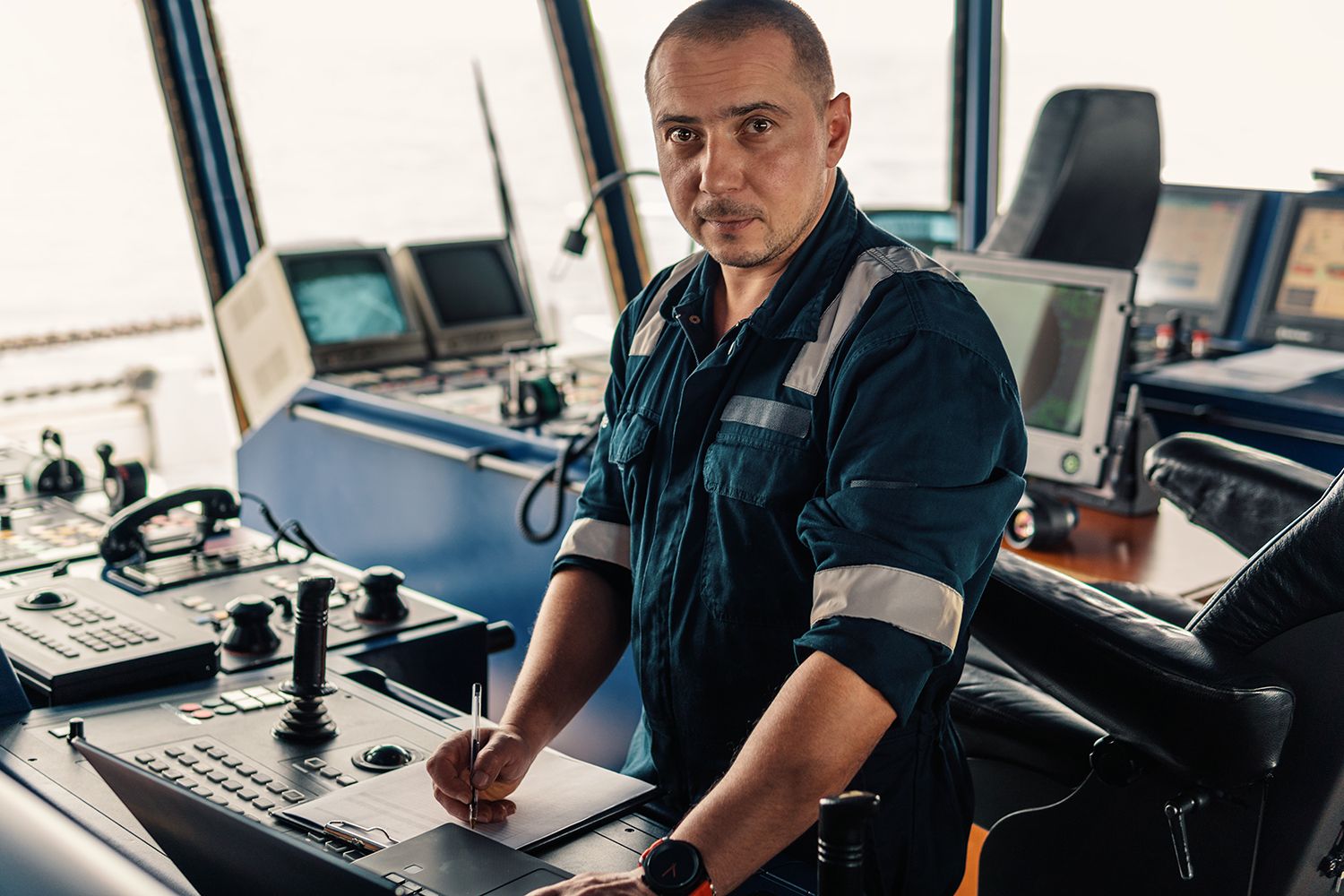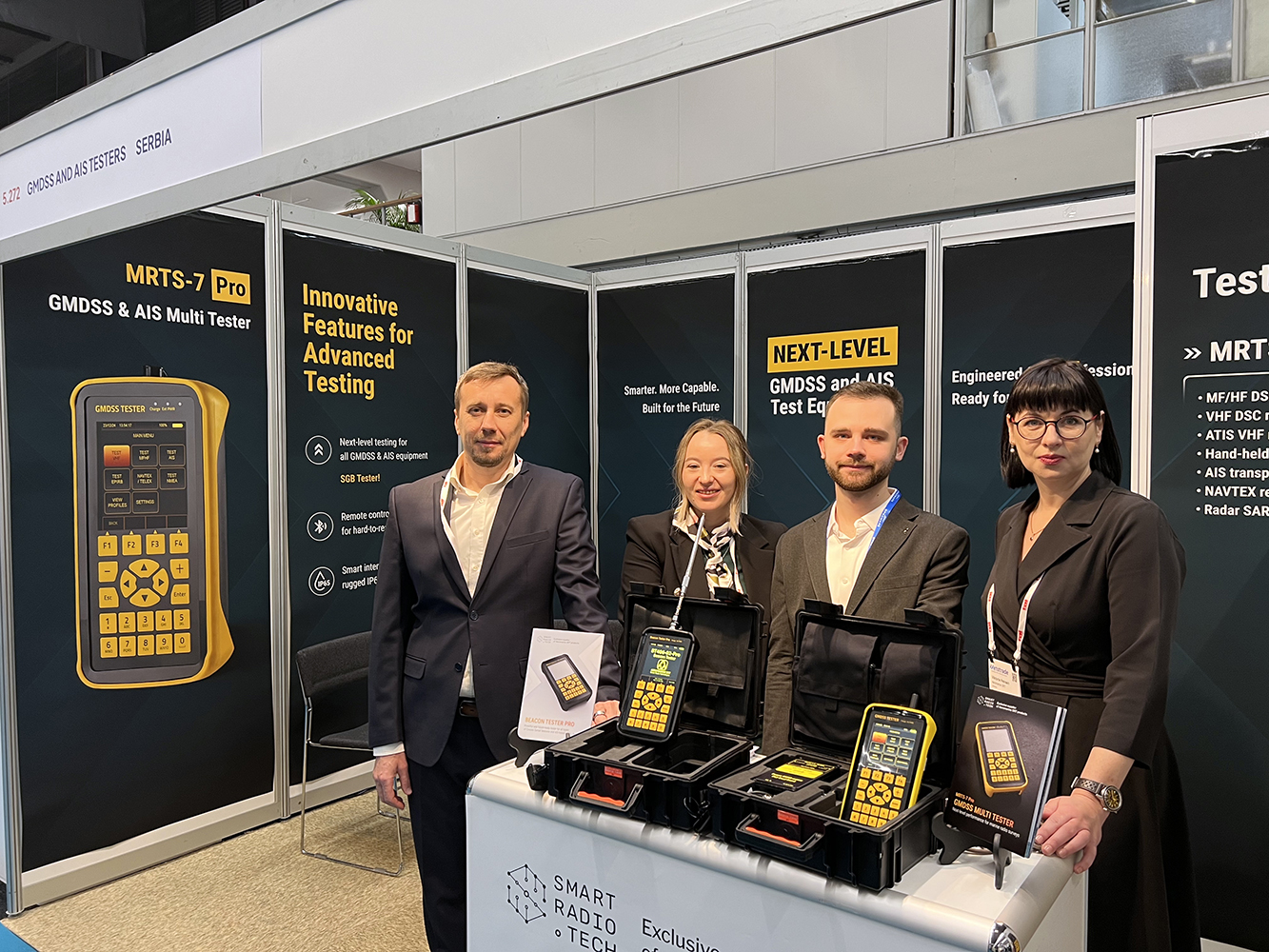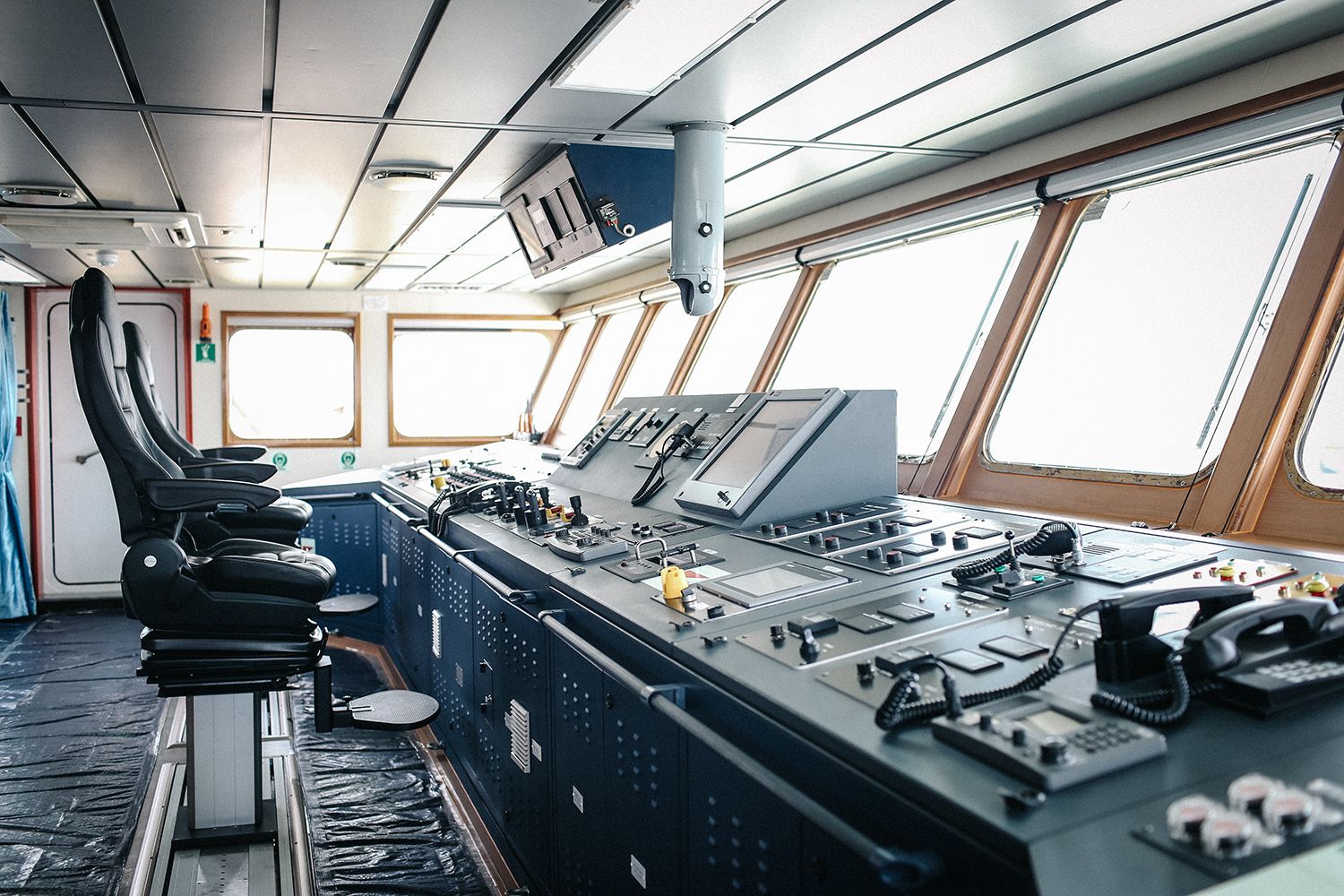Annual Radio & AIS Surveys. How they are conducted on ships
Regular and detailed inspections of ships and their equipment can significantly reduce the number of emergencies at sea, ensure the safety of navigation and the reliability of cargo transportation.
The surveys are carried out by qualified inspectors representing independent surveying companies approved by classification societies to perform surveys. Classification societies establish the criteria for inspection to ensure compliance of the issued certificates with international maritime standards and regulations. One of such key regulatory documents is the Survey Guidelines under the Harmonized System of Survey and Certification (HSSC), 2021 (IMO Resolution A.1156 (32)). The requirements of national legislation, which may be more restrictive, are also taken into account.
The maximum validity period of all certificates is 5 years (with the exception of the Passenger Ship Safety Certificate issued for a period not exceeding 12 months). Each of them should be verified every year. The survey for their renewal can be carried out no later than 3 months before the expiration of the previous certificate. The certificate can also be extended for 3 months so that the vessel can complete its voyage.
The shipowner is obliged to provide all documents required by the inspection regulations. To pass the inspection successfully, careful preparation is necessary. Otherwise, due to deficiencies, a re-survey shall be done. This means re-inviting the inspector, paying again for his services, etc.
The inspection may find that the condition of the vessel or its equipment does not substantially correspond to the particulars of the relevant certificate, or the vessel is not fit to proceed to sea without danger. In this case, the inspector must ensure that corrective measures are taken. If these measures have not been taken, the certificate should be withdrawn. In both cases, the Administration should be notified immediately.

An annual survey is a general inspection of the ship systems and equipment relating to the particular certificate. It’s carried out to make sure that these items are properly maintained and perform the functions assigned to them.
Among the surveys that should be conducted on ships is an
Annual Safety Radio Survey
According to the provisions of SOLAS 1974, as amended, all ships of 300 gross tonnage and upwards, and passenger ships irrespective of size, engaged on international voyages, shall be equipped with the radio equipment of the Global Maritime Distress and Safety System (GMDSS). This equipment must undergo an annual comprehensive inspection performed in accordance with the rules set out in the above-mentioned IMO Resolution A.1156 (32) and a number of other instruments including those related to national legislation.
The survey of the radio equipment of SOLAS ships must be carried out by inspectors qualified in the field of radio engineering and equipped with the professional test equipment.
During the radio survey, the vessel’s administration is obliged to ensure the presence of a qualified specialist responsible for the operation of radio equipment. The radio equipment must be properly prepared for inspection, all its parts must be easily accessible.
The Annual Safety Radio Survey includes:
1. Checking the availability and validity of documents on board, such as Radio Operator License, Safety Radio Certificate, Shore Based Maintenance Certificate and Qualification Certificates of radio operators, licenses for ship radio stations, a list of radio equipment, radio log book, ITU publications, etc.;
2. A full check of the operability of all GMDSS equipment according to sea areas in which the ship is certified to operate;
3. Inspection of the premises where the GMDSS equipment is located. There should be available: drawings, diagrams showing the procedures for responding ships to distress signals, plates with the name of the vessel, as well as with the identification number of the ship's radio station, etc;
4. Checking the position and mounting of units, power boards and chargers, batteries for radio equipment;
5. Checking the condition of the cable network, grounding, ventilation, lighting.
Upon completion of the survey, the inspector releases a GMDSS Radio survey report which affixes data on the following tests:
-
the annual test of 406 MHz satellite EPIRBs;
-
the annual test of GMDSS portable VHF devices;
-
the annual test of radar transponders (SARTs);
-
the annual test of AIS;
-
the annual test of GMDSS radio battery capacity.
As for the NAVTEX system, it is also checked during the inspection, except that usually the surveyor does not issue a test report for this type of equipment.
ANNUAL TESTING OF 406 MHz SATELLITE EPIRBs
The Cospas-Sarsat satellite EPIRBs should be inspected annually for all aspects of their operational efficiency with particular emphasis on frequency stability, signal strength and coding. Their batteries must be replaced at intervals specified by the manufacturer, hydrostatic releases must be replaced by their expiry dates.
The testing is required by SOLAS regulation IV/15.9 and is performed in accordance with IMO MSC.1/Circ.1040/Rev.1. It should be carried out using suitable test equipment, such as EPIRB Tester capable of performing the necessary measurements. All checks of electrical parameters should be performed in the self-test mode, if possible.
As a result of the inspection, a 406 MHz Satellite EPIRB Annual Test Report is issued.
ANNUAL TESTING OF GMDSS PORTABLE VHF EQUIPMENT includes its verification by specialized equipment that measures the output power and the frequency deviation on main channels.
ANNUAL TESTING OF SARTs
The 9 GHz Search and Rescue transponder (SART), as part of the GMDSS equipment, is subject to mandatory inspection at least once every 12 months by a company recognized by the register.
The SART annual testing procedure includes:
-
checking the availability of type approval certificate;
-
checking the validity of batteries and the availability of appropriate labelling (if less than 12 months are left at the time of inspection, replacement of batteries is required).
-
checking the location of the radar transponder installation; the photoluminescent IMO symbol “Radar transponder” should be available;
-
examining for mechanical damage and protection against unintentional activation;
-
checking the operability of the SART within the specified range of 9.2-9.5 GHz.
There are testers developed to conduct a comprehensive checking of radar transponders - SART testers. They measure frequencies, output power, signal duration and frequency sweep number.
Upon completion of the inspection, the test report is also issued.
ANNUAL TESTING OF AIS
In accordance with SOLAS Chapter V, Regulation 18.9 and IMO MSC.1/Circ.1252, an Automatic Identification System (AIS) should be tested annually to determine that it is operational.
The test should verify the correct programming of the ship's static information, the ability of the AIS to receive ships dynamic information from the appropriate sensors, as well as to check the radio performance by measuring radio frequency; and on-air test using for example an appropriate Vessel Traffic Service (VTS) station or a suitable test equipment.
To perform the check correctly, the radio inspector should use special equipment - an AIS Tester.
The test report with all the measurement results is issued. A copy of the report must be kept on board the vessel.
ANNUAL TEST OF GMDSS RADIO BATTERY CAPACITY
This test is targeted to measure the capacity of the battery as it tends to decrease with age. The measurement is made in ampere hours (Ah).
The battery should be replaced if capacity is less than 80% of the rated capacity.
By Olga Davydova





Very nice article but you totally forgot mention about MF/HF radio, fixed mounted VHF radio, Inmarsat-C and NAVTEX. Today we have accepted Iridium as well - also should be tested. You wrote: Testing of the GMDSS portable VHF equipment ... How to perform correctly test for e.g. Cobham Sailor SP3520 using specialized equipment in your link? This is portable VHF radio. By Slawek.
On behalf of Aeromarine SRT:
Dear Slawek, thank you for your comment!
This article is rather an overview, we did not go into the enumeration of the types of GMDSS equipment that are checked during annual inspections. We have summarized: "A full check of the operability of all GMDSS equipment according to sea areas…”
As for the video manual about testing a portable VHF radio with our GMDSS multi tester, we have this in our plans for the near future. We are not yet able to tell which device will be chosen as the model. We invite you to follow our blog for radio surveyors on our Youtube channel: https://www.youtube.com/channel/UCvwZDovGuOuddBPc7b6QI7Q